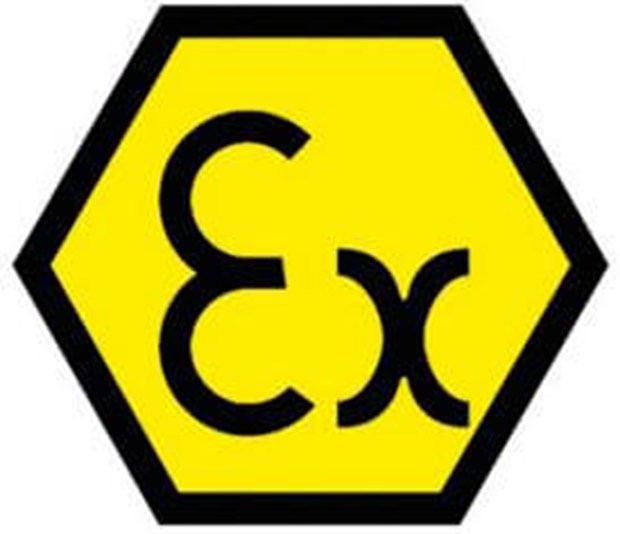What is ATEX?
ATEX is an acronym/abbreviation for “Atmosphères Explosibles”. The set of ATEX Directives and Standards is the EEC reference for protection against the danger of explosion in the presence of flammable gas and/or dust. The explosive atmosphere can contain flammable gases, mists or vapours, or combustible dust. If there is a sufficient concentration of these substances, mixed with air, an ignition source can cause an explosion. Nilfisk manufactures ATEX-certified industrial vacuum cleaners, certified by a Notified Body, that are used by companies dealing with the above hazards. In particular, EEC Directive 89/391 (1989) on the implementation of measures to improve health and safety at work, deals with the risk of explosions. Directive 2009/104/EC (on minimum safety requirements) further consolidated the concept of the adequacy of equipment - industrial vacuum cleaners in this case.
What about Hazloc and IECEx?
While the ATEX directives are in force and applied in Europe, there are other similar regulations regarding the same issue of protection against fire and explosion such as IECEx and HazLoc enforced in other parts of the world.
In North America and Canada, classification and certification of equipment for hazardous locations are based on what is known as the Hazloc Directive.
IECEx refers to the rest of the world: Australia, New Zealand and China in particular.
How do dust and gas explode?
The conditions necessary for an explosion or fire to occur are: the presence of a combustible substance, oxygen and an ignition source.There are upper and lower limits of the combustible concentration (gas or dust) in the atmosphere that are determinants of the possibility of an explosion being triggered. In the case of dust in particular, a particle size that improves dispersion in the air plays a fundamental role. When using industrial vacuum cleaners, air and therefore oxygen, is always present, and there are also dust clouds and possibly flammable gas or vapor. Therefore, two of the three elements that can generate the explosion are always present: air and a combustible material.
ATEX certified Nilfisk industrial vacuum cleaners eliminate the third parameter: the trigger. The vacuum cleaners are designed to prevent the triggering of any source of ignition, making vacuum cleaning operations safe.
What are the most common situations in which you need to use a vacuum cleaner suitable for preventing dust or gas explosions?

Areas where ATEX vacuum cleaners are used
Areas where there is a risk of explosion are divided into zones on the basis of the frequency and duration of the presence of explosive. The ATEX Directives clearly separate the responsibilities for the classification of the Work Zone and the classification of the Categories of machine application, suitable for use in Atex Zones.
The customer has the responsibility for defining/classifying the Zone (work area) where the machine will be installed/used.
The machine manufacturer is responsible for supplying a machine that meets the customer’s requirements. A declaration of conformity must be issued with the machine.
Categories of ATEX vacuum cleaners
Equipment approved for use in Atex zones is classified in Categories of use related to the Zones. The categories are part of Application groups.
Group I: mines
Group II: all surface activities other than mining
| Zone of use |
Machine category |
Gas-Dust suffix |
| 0 - 20 |
1 |
G-D |
| 1 - 21 |
2 or 1 |
G-D |
| 2 - 22 |
3 or 2 or 1 |
G-D |
Notes:
- All industrial vacuum cleaners are in Group II
- Zones 0 or 20 are usually only found inside equipment, and personnel are not normally present in these conditions.
- As described above, the Categories are divided into Gas (G) and Dust (D), Gas and Dust may also be present simultaneously (G/D).
- The ATEX Directive also r equires that the machine is marked with the symbol EX in a yellow hexagon (here right).
